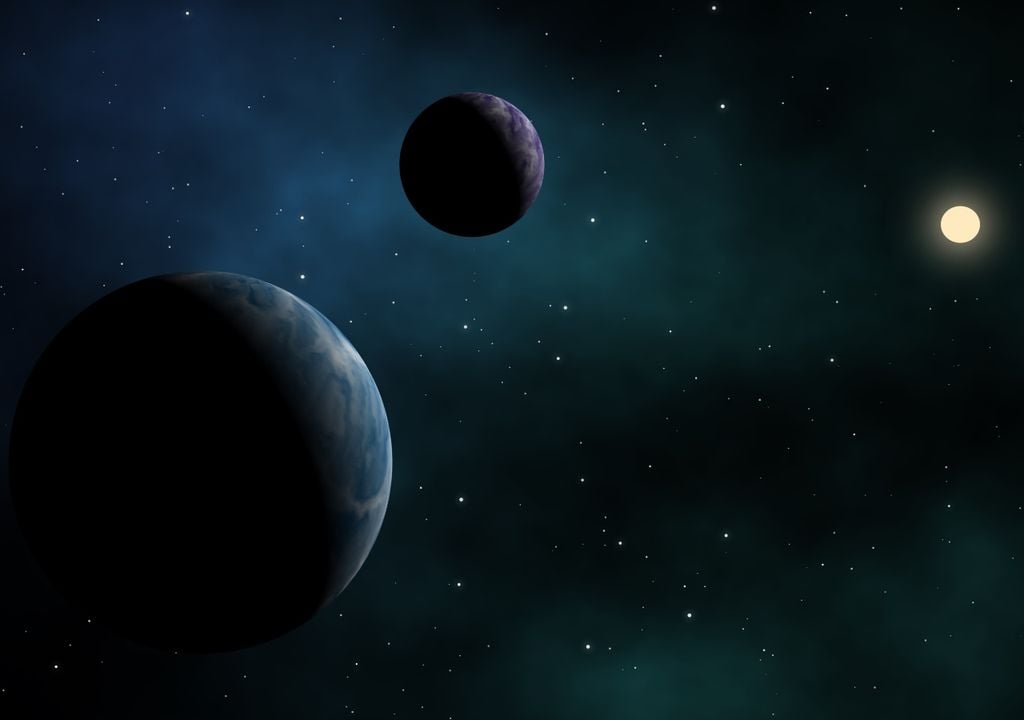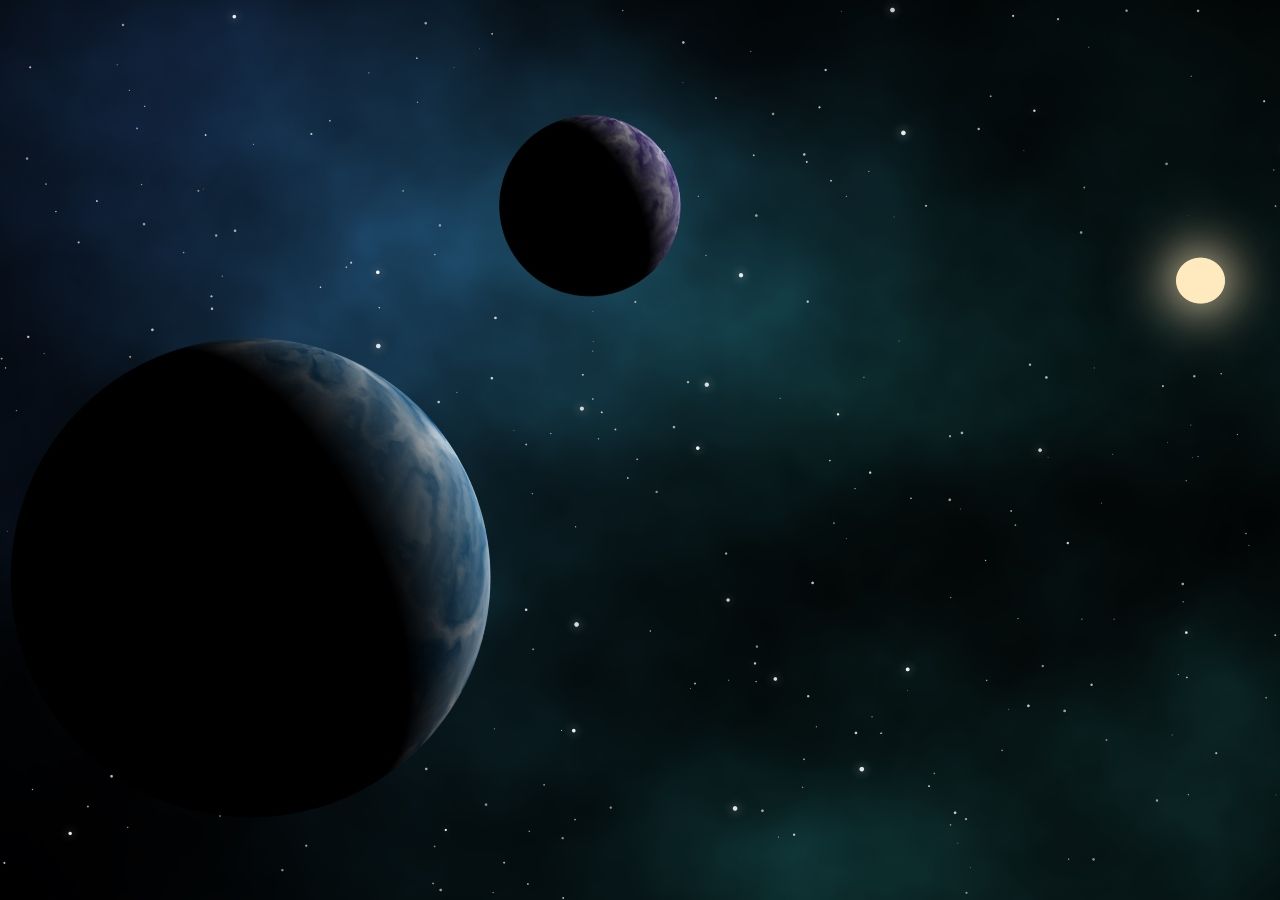
NASA scientists recently revealed the discovery of more than 301 exoplanets – planets outside our solar system orbiting distant stars – adding this new lot to a list which now includes 4,569 exoplanets already discovered and validated since the first discoveries in the mid-1990s. But how did scientists manage to discover so many exoplanets at once? Thanks to a powerful Artificial Intelligence tool, ExoMiner!
ExoMiner is a new deep neural network, these types of neural networks are powerful machine learning tools capable of automatically learning tasks from a large set of data.
These 301 findings help us better understand the planets and solar systems beyond our own, and what makes them so unique – Jon Jenkins, NASA Exoplanet Scientist.
The construction of the ExoMiner network architecture was inspired by various tests and properties that experienced scientists use to confirm new exoplanets. The network was formed from a history of past examples of confirmed exoplanets and so-called “towering”, false positive cases.
A whole new world… …301 of them, in fact!
With data from our Kepler space telescope and new machine learning tools, we’ve validated the existence of a large set of exoplanetsplanets in solar systems beyond our own: https://t.co/b4dnPPiw4C pic.twitter.com/tYSA5Nqf8U
– NASA (@NASA) November 22, 2021
Coupled with NASA’s Pleiades supercomputer, ExoMiner can easily and quickly distinguish true exoplanets from different types of false positives.. Thus, ExoMiner is a powerful tool to complement the work of astronomers specializing in data mining and decryption of what is and is not a planet.
A new exoplanet could have an atmosphere like Earth-
According to the article published by the research team responsible for the work, ExoMiner used information collected by NASA’s Kepler and K2 missions (subsequent mission to Kepler). Analyze in detail the data of these missions whose fields of vision include thousands of stars, each of which can host multiple exoplanets, is an extremely time-consuming and laborious task. And that’s whereExoMiner intervenes to facilitate the work of scientists !
A Whopping 301 Newly Confirmed Exoplanets Discovered With New Deep Neural Network ExoMiner pic.twitter.com/5E0NiO7dgw
— DCW Marketing (@DCWMarketing) November 24, 2021
As well as being an accurate and consistent tool for distinguishing between exoplanets, ExoMiner is not a black box like most deep learning networks are, allowing scientists to understand how the algorithm performed its classifications. . According to Jon Jenkins, exoplanet scientist at NASA’s Ames Research Center: “ We can easily explain what characteristics of the data cause ExoMiner to reject or confirm a planet. »
ExoMiner discovered all 301 planets using data from the remaining set of possible (or candidate) planets in the Kepler Archives. Before ExoMiner, no one was able to validate them as planets. None of these 301 planets have Earth-like properties or are in the habitable zone of their mother stars, according to NASA.. But they share similar characteristics to the general population of confirmed exoplanets in our galactic neighborhood.
– .

